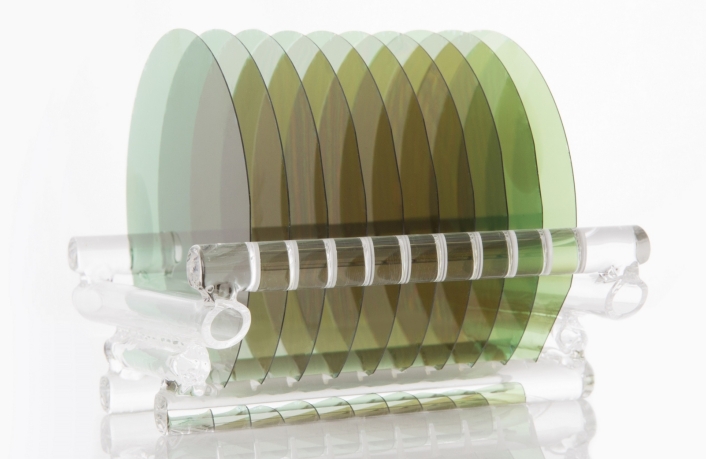
- English
- Español
- Português
- русский
- Français
- 日本語
- Deutsch
- tiếng Việt
- Italiano
- Nederlands
- ภาษาไทย
- Polski
- 한국어
- Svenska
- magyar
- Malay
- বাংলা ভাষার
- Dansk
- Suomi
- हिन्दी
- Pilipino
- Türkçe
- Gaeilge
- العربية
- Indonesia
- Norsk
- تمل
- český
- ελληνικά
- український
- Javanese
- فارسی
- தமிழ்
- తెలుగు
- नेपाली
- Burmese
- български
- ລາວ
- Latine
- Қазақша
- Euskal
- Azərbaycan
- Slovenský jazyk
- Македонски
- Lietuvos
- Eesti Keel
- Română
- Slovenski
- मराठी
- Srpski језик
What is CMP Process
2024-06-28
In semiconductor manufacturing, atomic-level flatness is usually used to describe the global flatness of the wafer, with the unit of nanometers (nm). If the global flatness requirement is 10 nanometers (nm), this is equivalent to a maximum height difference of 10 nanometers on an area of 1 square meter (10nm global flatness is equivalent to the height difference between any two points in the Tiananmen Square with an area of 440,000 square meters not exceeding 30 microns.) And its surface roughness is less than 0.5um (compared to a hair with a diameter of 75 microns, it is equivalent to one 150,000th of a hair). Any unevenness may cause a short circuit, a circuit break or affect the reliability of the device. This high-precision flatness requirement needs to be achieved through processes such as CMP.
CMP process principle
Chemical mechanical polishing (CMP) is a technology used to flatten the wafer surface during semiconductor chip manufacturing. Through the chemical reaction between the polishing liquid and the wafer surface, an oxide layer that is easy to handle is generated. The oxide layer surface is then removed through mechanical grinding. After multiple chemical and mechanical actions are performed alternately, a uniform and flat wafer surface is formed. The chemical reactants removed from the wafer surface are dissolved in the flowing liquid and taken away, so the CMP polishing process includes two processes: chemical and physical.





